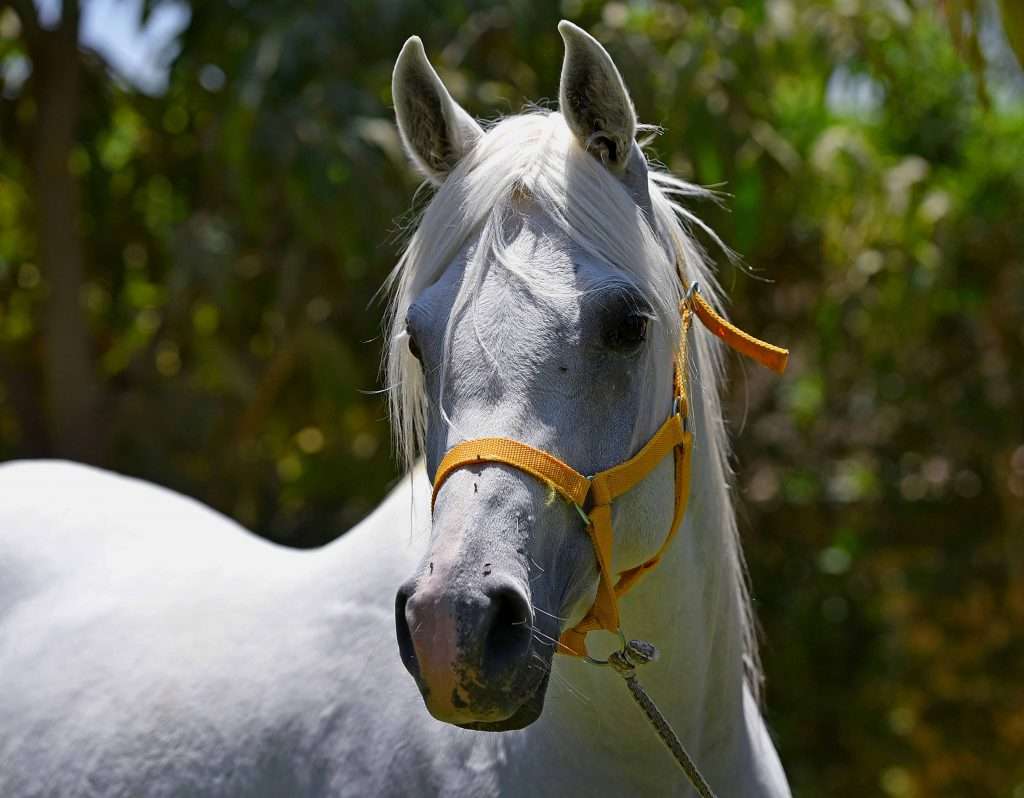Arabian horses are the oldest breeds in the Middle East, dating back over 5,000 years old. They are easily recognizable for their distinctive features, the large, wide-set eyes, broad forehead, small, curved ears, large nostrils, high tail and wedge-shaped heads.
Most of them lack a vertebrae in their backs which makes them look shorter in comparison to other horses. They also have 17 ribs instead of 18.



Where they were first bred:
Arabian horses were first bred in Arabian Peninsula by a desert tribe called Bedouins. They were first use for transportation and wars.
These horses are familiar with the harsh life conditions in the dessert; they can easily adapt to different climate changes, they were later introduced to Europeans.
Europeans figures as Genghis Khan, Napoleon, George Washington, and Alexander the Great and many others used to own and ride Arabians.
Colours of Arabian horses:
The coat of the horses have different colours including grey which is the most common, chestnut, bay, roan and black. Most of them have facial markings and white socks on their legs.
Their black skin is a protection from the harming radiations given off by the sun.


Reasons for using Arabian horses:
Arabian horses are used around the world for various reasons, one is for trading in order to improve other breeds because Arabian ones are famous for their speed, strength, intelligence and, elegance and loyalty.
They are preferable to ride for their smooth to ride, they are a perfect choice for racing.
They are known for their quick learning thanks to their intelligence.
They are friendly with people and children since they used to live with people near their tents.






Photos are taken by Essam Manaa in one of the horse farms.






